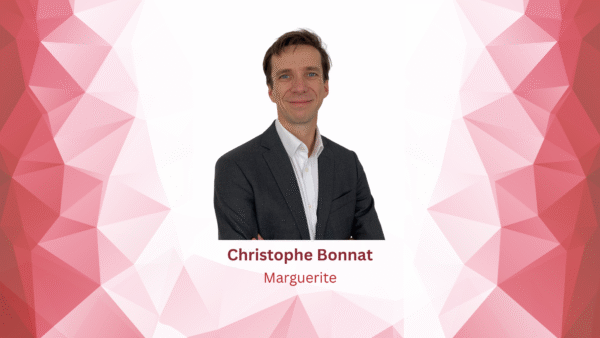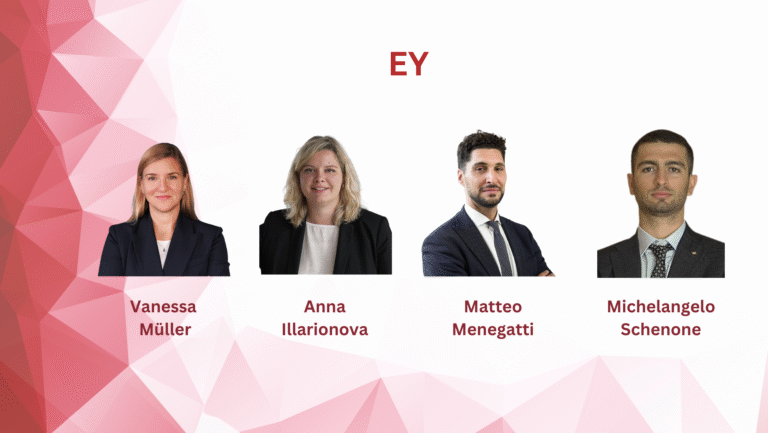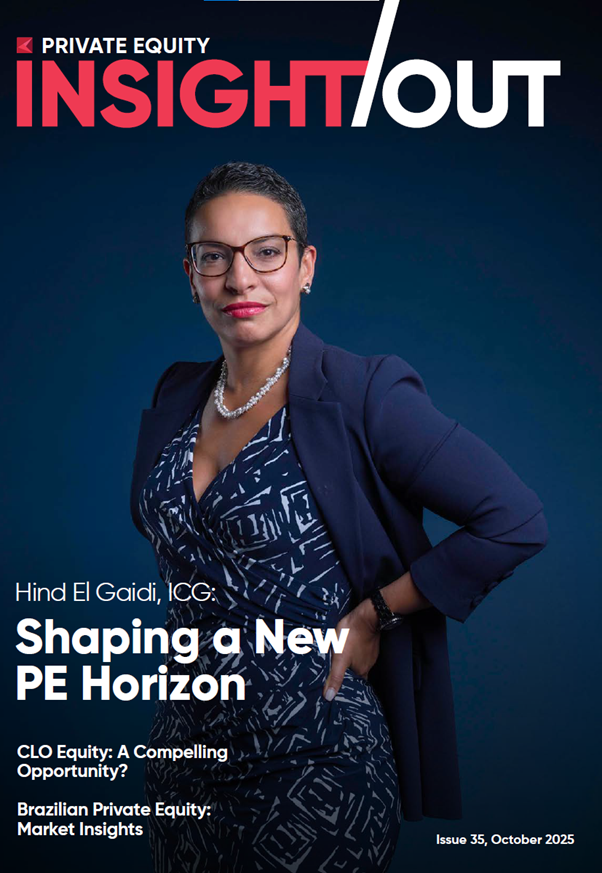Article by By Christophe Bonnat, Head of ESG at Marguerite, as published in Insight/Out magazine #34.
Created in 2010 and backed by major European institutional investors, Marguerite’s primarily focused on investing in the building or growth of infrastructure that mitigated climate change, which was, at the time, considered innovative, to say the least. This original DNA allowed the company to evolve into a sustainable infrastructure investor that today – 15 years later – is at the forefront of ESG practice.
The era of discovery
In 2010, ESG was the playground of passionate and visionary pioneers exploring the then-mysterious world of social and environmental impacts and mitigation practices. In the general business world, however, ESG was mainly met with scepticism. Stakeholders financing infrastructure projects were barely concerned, and regulations – such as the Environmental Impact Assessments imposing some ESG requirements on larger infrastructure projects – were primarily considered an unnecessary burden complicating engineering and construction contracts.
Marguerite started exploring the decarbonisation universe with its very first investment: an offshore wind farm in Belgium. We were among the first financial investors to enter this asset class, ready to weigh the risks and consider the benefits of such extensive renewable energy infrastructure.
It was only with the IPCC Fifth Assessment Report, released in 2014, that a real wake-up call reached the wider public. Even if few read the 4,000-page publication, media and NGOs put it in the headlines, bringing the topic to everyone’s attention. The Paris COP21 in 2015 and the Paris Agreement that followed were game-changers that triggered wide-scale sustainability policies and gave ESG its necessary tailwinds.
As public scrutiny on ESG topics gained momentum, institutional investors began requesting that fund managers define and implement ESG policies, forcing a growing number of them to examine their environmental impact. To help navigate these multifaceted concepts, new to most, initiatives aimed at providing standardised frameworks, like UN PRI, GRESB, IIGCC, CDP, GRI, SBTi, TCFD or SASB, started to flourish. Yet investors struggled to understand their concepts, underlying intentions, specific terminology and necessary data to fill lengthy tables and reports.
ESG was still seen as a burden but more and more as a necessary one; and some managers were keen to explore emerging asset classes.
Going centre-stage
The time when innovators designed their own ESG policies and metrics gradually faded and was replaced by regulation, particularly for the financial sector.
The demanding Sustainable Finance Disclosure Regulation (SFDR) in 2019, the European Taxonomy Regulation in 2020 and the Corporate Sustainability Reporting Directive (CSRD) in 2022 introduced one-size-fits-all lists of metric lists and reporting obligations. The intent was to curb greenwashing, put all the companies on comparable ground, and push the entire market to consider ESG seriously. The intention simultaneously resulted in a long list of reporting obligations, burdensome data collection, and a growing risk of losing sight of actual ESG objectives.
Despite being cumbersome, these developments have gradually embedded ESG considerations into the standard assessment of project risks, benefits, and investment decisions. Though often poorly tailored to the specificities of different sectors, regulatory frameworks have nonetheless been a powerful catalyst, pushing companies and asset managers to adopt at least a baseline level of ESG practices. Today, ESG reveals a dual character: a “dark side” marked by burdensome data collection and reporting requirements, frequently perceived as inefficient red tape, and a “bright side” where meaningful, targeted actions drive tangible impact on material issues.
We have progressively enhanced our ESG policy and procedures, aiming to strike the right balance between responsible investment and achieving financial objectives. Our approach is rooted in a double materiality analysis: assessing the impact of our investments on society and the environment, and the risks that climate change and societal shift pose to our assets. The dual perspective informs our mitigation and adaptation strategies, embedded through rigorous due diligence and proactive asset management.
This led to excluding opportunities based on newly identified risks and to measure and improve the impacts of our portfolio companies. We gradually excluded high-emission asset classes such as roads, airports, and gas networks, anticipating the general shift in priorities. Building on our initial investments in solar plants and wind farms, we expanded into new subsectors such as biomass, biomethane, energy efficiency or electric mobility, showing less ESG risks and more positive sustainable impacts.
ESG adulthood
In recent years, there has been a clear shift in the number of opportunities disclosing at least some decarbonisation targets. Projects aligned or aligning on the 2050 net zero targets are major purveyors of new investment opportunities. We believe we’re entering the ESG era of maturity.
An entire ecosystem of advisors and tools is now at the disposal of companies and asset managers to support their risk analysis, performance monitoring and action plans. An ESG team has become a standard component of most organisations, bringing essential expertise and resources. And while aligning on ESG targets comes with costs, more and more investors acknowledge and accept its value.
This does not imply sacrificing financial performance for the sake of a cleaner conscience. On the contrary, we firmly believe that robust ESG risk analysis and mitigation—through selecting projects with low negative impact and strong resilience—offers long-term protection and enhancement of shareholder value. At the point of divestment, companies demonstrating solid ESG performance and effective risk management are increasingly commanding a premium. ESG is no longer a niche concern nor a virtue standing above financial returns—it has become an integral component of sound, long-term investment analysis.
This is precisely why we invest significant time to engage with portfolio companies to ensure they adopt best-in-class ESG practices, improving long-term performance. In particular, we ensure they correctly anticipate physical climate risks, both acute and chronic changes to natural events, and transition risks, including regulatory shifts, market changes, and evolving public behaviour.
In addition, Marguerite’s latest fund is committed to investing only in Paris-aligned projects and companies on a path to net zero in 2050. Initial investments under Marguerite III span positive impact sectors such as solar PV, EV charging, energy efficiency or electric locomotives.
Due to our long-standing focus on sustainability since inception, Marguerite’s investments contributed to reducing GHG emissions, decarbonising the economy and providing essential services to the public, for example, through the development of over 1.3GW of renewable energy production capacity, installation of more than 1 million low-energy lighting points, the construction and operation of 38,000 EV charging points or the connection of 1.8 million FTTH clients.
Looking ahead
Several improvements remain necessary: an enhanced consideration of biodiversity, including complex impact measurement and mitigation actions; stronger efforts to reduce all forms of pollution; a clearer focus on meaningful metrics and high-impact actions over generic KPI lists; better anticipation of how climate change will affect asset valuations; and a more comprehensive view of the entire value chain, including multiple layers of indirect suppliers, to name a few.
At the same time, long-term sustainability objectives are increasingly challenged by geopolitical tensions and growing economic competition. ESG regulations and incentives are often criticised for hindering economic growth, as evidenced by the backlash following the US presidential elections. Europe must navigate a delicate path–championing the transition to a low-carbon economy through a pragmatic, results-oriented approach that realistically considers the economy’s capacity to adapt.
Marguerite considers that fighting climate change, protecting the environment and providing the best services to the public are not optional. We continue to lead ESG integration and innovation while strengthening Europe’s economy through sustainable and resilient infrastructure.




